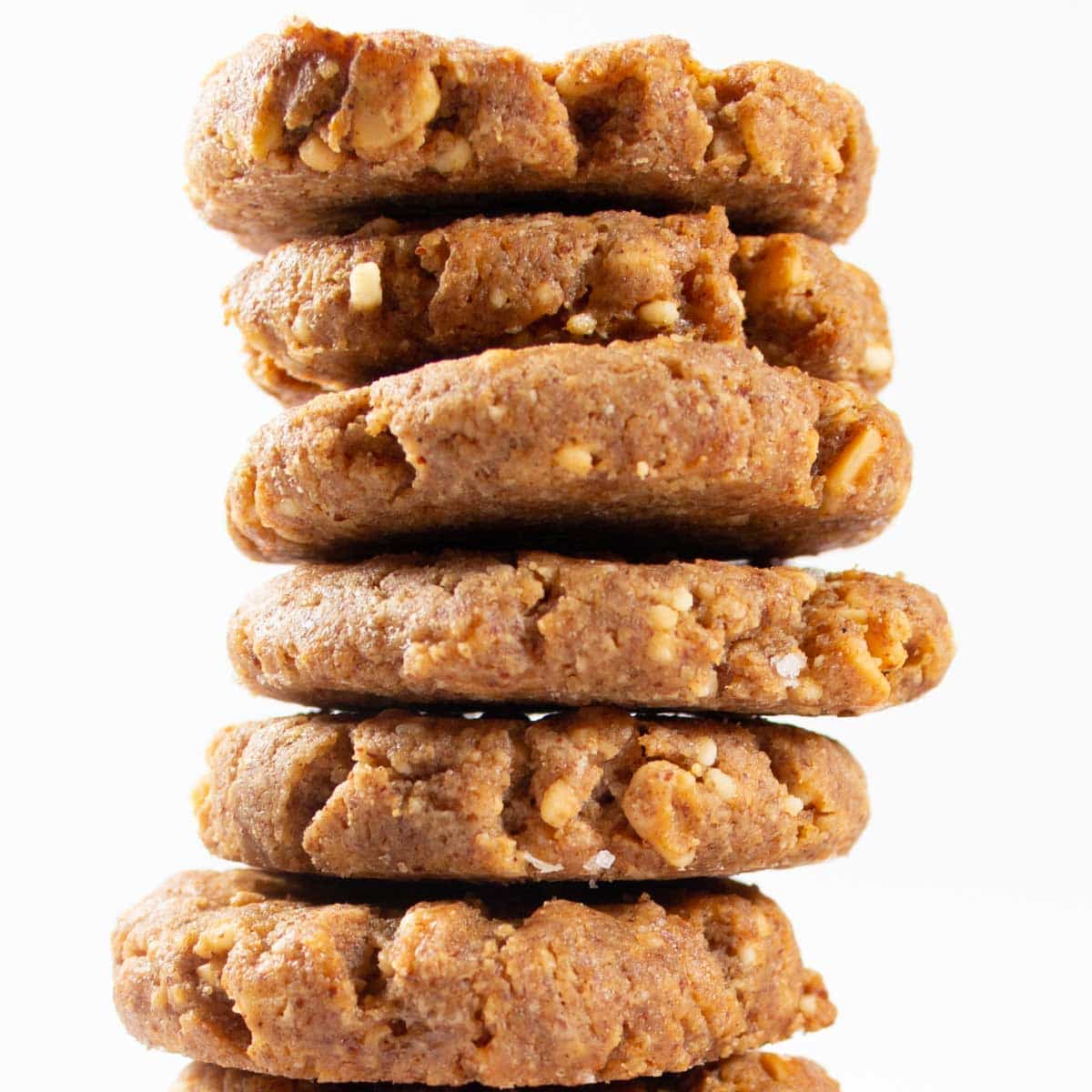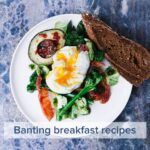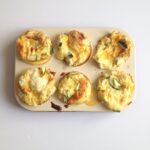Embark on a culinary adventure to create the perfect Banting-friendly cookie! Imagine the rich aroma of almond flour mingling with the sweet kiss of a sugar substitute, transforming into golden-brown delights. This guide unveils the secrets to achieving that ideal texture—whether you crave a delightfully chewy or satisfyingly crisp cookie—while staying true to the Banting principles. Prepare to be amazed by the simplicity and versatility of these low-carb, high-fat treats.
We’ll explore the best ingredients, providing nutritional information and clever substitutions to ensure your cookies are both delicious and aligned with your dietary needs. Each step of the baking process will be meticulously detailed, painting a vivid picture of the transformation from simple ingredients to delectable cookies. We’ll troubleshoot common baking pitfalls, offering solutions to guarantee your success every time. Finally, we’ll unleash your creativity with flavor variations and serving suggestions, making your Banting cookies a truly unforgettable experience.
Troubleshooting Common Banting Cookie Baking Issues

Baking Banting cookies, while rewarding, can present some unique challenges. The lower carbohydrate content and reliance on alternative sweeteners can affect texture and outcome. Understanding potential problems and their solutions is key to achieving perfectly crisp, delicious, and satisfying low-carb cookies. This section will address common issues and provide practical solutions to help you perfect your Banting baking.
Cookies Spreading Too Thin
Thin, flat cookies often result from excessive moisture or insufficient fat in the dough. The high water content in some alternative sweeteners can contribute to this issue, as can using too much liquid, even if it is almond milk or another Banting-approved alternative. An overly warm kitchen environment also contributes to faster melting of the fat, resulting in flatter cookies.
- Problem: Cookies spread excessively during baking, resulting in thin, flat cookies.
- Solution: Reduce the amount of liquid in the recipe. If using a wet sweetener, try a drier alternative or reduce the quantity slightly. Chill the dough thoroughly before baking (at least 30 minutes) to firm up the fat. Ensure your baking sheet is not too hot; a slightly cooler oven can help prevent excessive spreading. Consider using a higher proportion of fat in the recipe, such as more almond flour or coconut oil. Adding a small amount (1-2 tablespoons) of psyllium husk powder can also help bind the ingredients and prevent spreading.
Cookies Being Too Dry
Dry, crumbly cookies are often a sign of insufficient moisture or fat, or perhaps baking for too long. Over-baking is a common culprit, as is using too much almond flour, which can absorb moisture more readily than other flours. The type of sweetener used can also affect moisture levels.
- Problem: Cookies are dry and crumbly.
- Solution: Increase the amount of fat in the recipe. Add a tablespoon or two of melted coconut oil or butter (clarified butter is best for Banting). Check the recipe’s baking time carefully and reduce it slightly. If using an oven thermometer, ensure your oven is accurately calibrated to the set temperature. You could also add a tablespoon of unsweetened applesauce or another low-carb moistening agent, but remember to adjust the other ingredients accordingly to maintain the balance.
Cookies Being Too Hard
Over-baking is the most common cause of hard cookies. Using too much almond flour can also result in a dense, hard texture. Certain sweeteners may also contribute to a firmer cookie than expected.
- Problem: Cookies are hard and difficult to bite into.
- Solution: Reduce baking time. Check the cookies for doneness a few minutes before the recipe’s suggested time. Start by checking at the minimum baking time suggested and add more time as needed. Using an oven thermometer can help ensure accuracy. Try reducing the amount of almond flour slightly in future batches. If using erythritol, consider a blend with another sweetener, such as stevia or xylitol, to achieve a better texture. Baking at a slightly lower temperature for a longer time may also yield softer cookies.
Importance of Proper Measuring Techniques
Accurate measuring is paramount in Banting baking, particularly when dealing with dry ingredients like almond flour and sweeteners. Slight variations can significantly impact the texture and outcome of your cookies. Using a kitchen scale to weigh ingredients, rather than relying on volume measurements, ensures greater precision and consistency. Spooning and leveling dry ingredients in measuring cups helps to avoid packing them too tightly, which can affect the amount of liquid absorbed by the flour.
Flavor Variations and Creative Additions for Banting Cookies
Banting cookies, with their focus on low-carbohydrate ingredients, offer a surprising canvas for flavor creativity. By carefully selecting ingredients and employing a few simple techniques, you can craft delectable cookies that rival their traditional counterparts in taste and texture, while adhering to the Banting principles. The key is to understand how different ingredients interact and impact the final product.
Flavor Profile Examples
This section explores three distinct flavor profiles achievable with Banting-friendly ingredients, showcasing the versatility of this baking style. Each example provides specific ingredient suggestions to guide your culinary experimentation.
- Dark Chocolate Sea Salt Cookies: These cookies offer a sophisticated balance of bittersweet chocolate and salty crunch. Imagine rich, dark chocolate chunks melting slightly in the center, contrasted by the sharp bite of sea salt crystals scattered across the top. Ingredients: almond flour, coconut flour, unsweetened cocoa powder, erythritol or stevia, melted dark chocolate (at least 70% cacao), sea salt flakes, and a touch of vanilla extract. The dark chocolate provides intense flavor, while the sea salt enhances the sweetness and adds a textural element.
- Peanut Butter Coconut Cookies: These cookies combine the creamy nuttiness of peanut butter with the subtle sweetness of coconut. Picture the warm, golden-brown cookies, their edges slightly crisp, with a soft, chewy center that bursts with peanut butter flavor. Ingredients: almond flour, coconut flour, peanut butter (ensure it’s low in added sugar), shredded coconut, erythritol or stevia, eggs, and a pinch of cinnamon. The peanut butter adds a rich, savory element, complemented by the delicate sweetness of coconut.
- Spiced Pecan Cookies: These cookies deliver a warm, comforting taste with a delightful crunch. Envision these cookies, studded with toasted pecans, exhibiting a deep golden hue, their aroma infused with warming spices. Ingredients: almond flour, coconut flour, pecans (finely chopped), erythritol or stevia, pumpkin pie spice (cinnamon, ginger, cloves, nutmeg), eggs, and a touch of melted coconut oil. The pecans contribute a pleasing crunch and robust flavor, perfectly balanced by the warm, inviting spices.
Incorporating Nuts, Seeds, and Spices
The addition of nuts, seeds, and spices significantly impacts both the taste and texture of Banting cookies. Careful consideration of these additions is crucial to achieving the desired outcome.
Nuts such as almonds, pecans, walnuts, and macadamia nuts offer a variety of textures and flavors, from delicate crunch to rich, buttery notes. Seeds like chia, flax, and sunflower seeds add nutritional value and subtle textures. Spices such as cinnamon, nutmeg, ginger, and cardamom introduce warmth and complexity. For instance, adding chopped almonds creates a satisfying crunch, while ground cinnamon provides a comforting warmth and subtle sweetness. Using finely ground flax seeds will result in a softer cookie, whereas larger sunflower seeds provide more textural contrast.
Creating Visually Appealing Banting Cookies
The visual appeal of Banting cookies can be enhanced through thoughtful consideration of texture and color variations.
Texture can be manipulated by incorporating different flours (almond, coconut), nuts (whole or chopped), and seeds (whole or ground). For example, a combination of almond flour and chopped pecans creates a delightful contrast of textures, with the fine almond flour providing a soft base and the pecans adding satisfying crunch. Color can be adjusted by using cocoa powder for deep brown hues, shredded coconut for a light brown tone, or incorporating dried cranberries or chopped apricots for pops of color. A sprinkle of sea salt crystals not only adds a flavor dimension but also creates visual interest. Consider using cookie cutters to create shapes that enhance the overall aesthetic.
From selecting the perfect low-carb ingredients to mastering the baking techniques and troubleshooting potential issues, this guide has equipped you with the knowledge to create Banting-friendly cookies that are not only delicious but also perfectly tailored to your preferences. Experiment with different flavors, textures, and serving suggestions to personalize your baking journey. Remember, the key is in the details, from precise measurements to understanding the interplay of ingredients. Now, go forth and bake with confidence, creating delectable cookies that delight your taste buds and satisfy your dietary goals.
FAQ Summary
Can I use different types of nuts in Banting cookies?
Absolutely! Almonds, pecans, walnuts, and macadamia nuts all work well, offering unique flavor profiles and textures. Experiment to find your favorites!
How long can I store Banting cookies?
Store them in an airtight container at room temperature for up to 3-5 days, or in the freezer for up to 2 months for longer storage.
What if my cookies spread too much while baking?
This often happens due to too much liquid or not enough fat. Try reducing the amount of liquid in the recipe or adding a tablespoon more of your chosen fat (e.g., coconut oil).
Can I use a different type of sweetener?
Yes, many sugar substitutes work well in Banting baking, but results may vary. Always follow the recipe’s instructions and consider the impact of the sweetener on the final texture and flavor.


